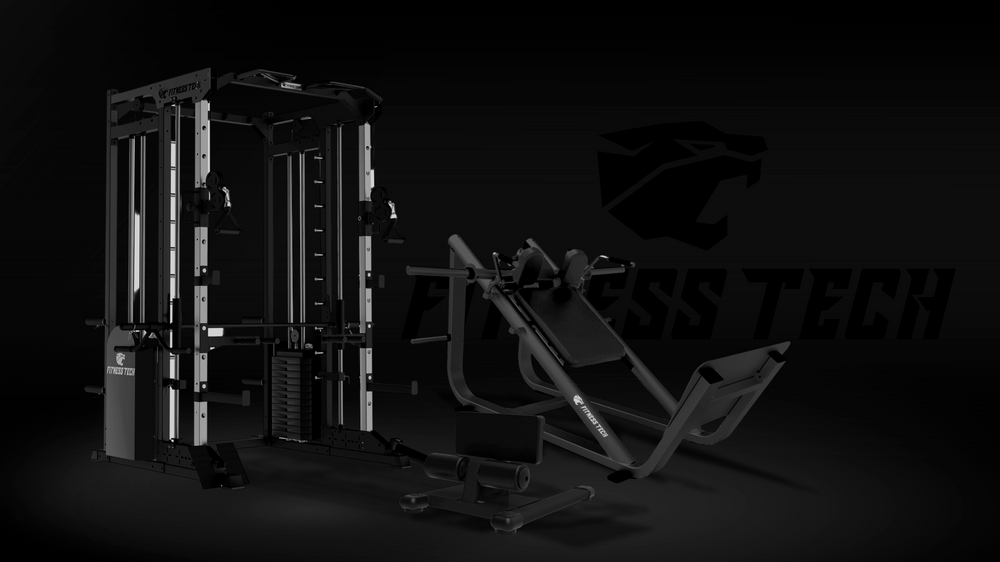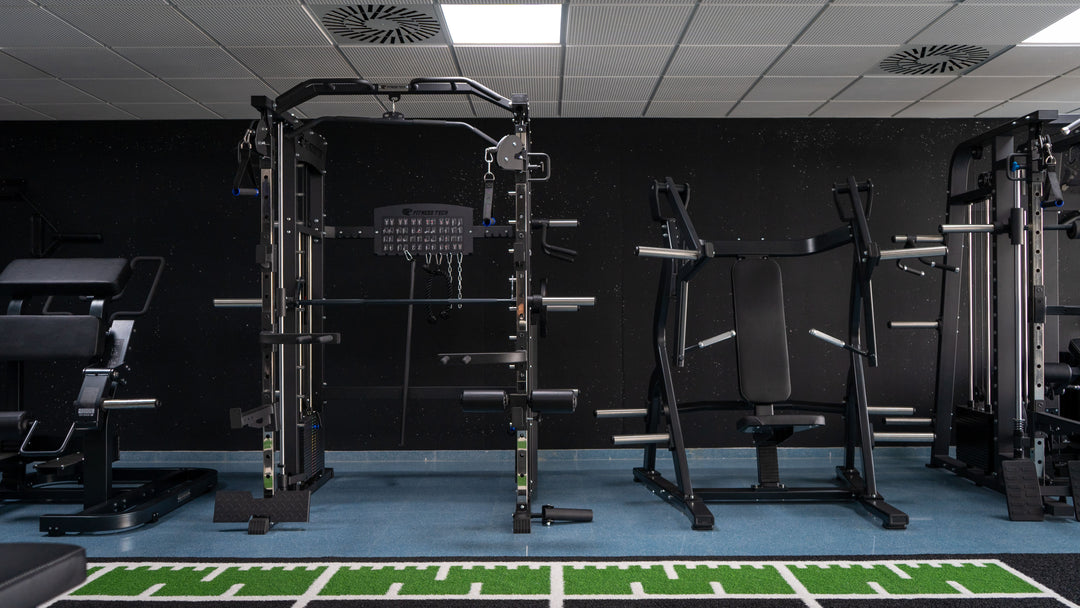Is it good to exercise with muscle soreness?

Just hearing the word 'muscle soreness' makes us feel the pain of the stabbing sensations experienced after doing more intense exercise than usual. And the question here is, is it good to exercise with muscle soreness?
Everyone has suffered muscle soreness at some point. And no, it is not pleasant at all, although it is part of the muscle adaptation process, which tries to achieve greater strength and endurance for the next sports session.
Around muscle soreness, all kinds of myths and urban legends have spread that only confuse you more when facing them in the most appropriate way possible.
In this article, we want to shed light on one of the most common doubts among sports lovers and talk about whether it is advisable to continue physical activities with this onset muscle pain. Let's go!
Is it good to exercise when you have muscle soreness?
Anyone who has experienced the unpleasant sensation of muscle soreness has surely curled up on the sofa to rest at the peak moment of the pain.
The discomfort caused by muscle soreness can cause you to remain inactive during the following days. If the discomfort is mild, it is also not advisable to stop being physically active, because sometimes these pains benefit from exercise.
It could be said that it is bad to exercise with muscle soreness as long as it really prevents you from continuing your daily routine. In that case, you are probably facing an injury.
Therefore, when answering the question is it advisable to exercise with muscle soreness? The answer is: it depends.
If the pain is very intense, the best way to act is by applying cold, with an ice pack or cold water, on the most painful area, to promote muscle relaxation.
In case of mild discomfort, exercising with muscle soreness helps your muscles recover and, consequently, to mitigate the associated pain. It is highly recommended to stay active, although at lower levels, while you have muscle soreness to reduce the risk of injury.
In this regard, swimming practice would be the most beneficial to keep you active while suffering from muscle soreness. The massaging and compressive effect that water exerts on the muscles acts very effectively in reducing pain, generating muscle strengthening and increasing blood flow.
This explanation helps clarify the statement that muscle soreness goes away with more exercise. If you do the same routine that caused the muscle soreness, you will be making a big mistake. In fact, you will only make the pain worse.
Rest, combined with gentle physical exercise, is the best remedy to relieve muscle soreness and promote your quick recovery. If you consider it necessary, you can also take an anti-inflammatory to reduce the pain.
On the other hand, doing stretches after gentle practices will also be a great relief for your body.
Why does muscle soreness appear?

Muscle soreness are micro fiber tears that arise due to the lack of adaptation of muscle groups to a certain exercise intensity.
After a more intense exercise session than usual, muscle soreness appears around 24 hours later, reaching its peak at 48 hours.
What does it feel like to have muscle soreness? If you have experienced it, you know what we mean: sensitivity, muscle tension, weakness, sharp pain in the areas that have made the greatest effort during the practice, as well as swelling of the muscles.
This clinical picture, which can last up to a week, always raises the question of whether it is advisable to continue training regularly and, if so, what type of exercise to do.
How to prevent muscle soreness?
As we mentioned at the beginning, muscle soreness appears naturally in our body as a response of muscle fibers to intense exercise, beyond what you normally do.
Avoiding muscle soreness is a complicated task and no, drinking sugary water does not prevent muscle soreness. In fact, it is not known where this myth comes from, but many people trust this unfounded remedy.
Some studies determine that warming up before exercise, as well as a stretching session at the end, helps reduce the muscle pain that appears later, that is, muscle soreness.
Besides that, note the following tips if you want your experience with muscle soreness to be as bearable as possible:
- Hydrate yourself: drinking water and isotonic drinks at any stage of exercise will help you mitigate muscle soreness pain.
- Increase exercise intensity gradually: exercising after a long time is the best breeding ground for muscle soreness. Ideally, increase both exercise time and intensity gradually, and don’t give it all in the first week.
- Adequate nutrition: foods rich in polyphenols, such as tomatoes, berries, beans, or lentils, contain anti-inflammatory and antioxidant properties valuable for preventing and mitigating muscle soreness.
Recommended articles that will help you recover muscle and reduce the intensity of muscle soreness

Although muscle soreness is practically inevitable when exercising, especially if you are starting and your body is not yet used to a more intense pace, there are some items that can help you recover muscle and thus make the pain milder and not prevent you from living a normal life after exercising.
At Fitness Tech we first recommend our muscle massage gun, aimed precisely at relieving muscle discomfort and preventing injuries, and a foam roller, a practical rigid but padded roller that helps massage the muscles that have been worked to reduce possible aches.






Gracias, me quedo bien claro.
Leave a comment